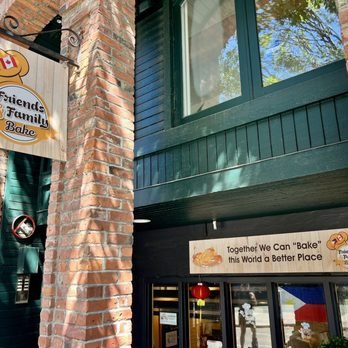About Friends & Family Bake

Our Story
Friends & Family Bake is a locally owned, VIHA-approved bakery located in the heart of Victoria's historic Chinatown at Fan Tan Alley. What started as a passion project with support from friends and community has grown into a beloved destination for authentic Filipino breads and Western baked goods.
Our Mission
Together, We can bake this world a better place. We donate a portion of our proceeds to the Zoe Children's Home Foundation in the Philippines to support children's education and needs. Every purchase helps make a difference.
4.9/5
Rating on Yelp
1000+
Instagram Followers
5.0/5
TripAdvisor Rating


